These large housing projects, known as the "Grand Ensembles," were constructed by the French government from the 1950s through the 1980s to help ease the housing problems that were prevalent throughout the country. Many of these high-rise buildings and communities still exist today.
Still, many Parisians are not aware of what these communities are really like for those who live there. The media tends to marginalize these constructions, depicting them as low-income homes that are simply crumbling away outside the city.
"Today, the deteriorating buildings are largely considered failed experiments — catalysts for the alienation of their populations and a slew of accompanying social issues," Jordan G. Teicher writes in The Washington Post.
Over the past few years, photographer Laurent Kronental has sought to document the housing projects and the people within them. Instead of just looking at the neighborhoods as a relic of the past, Kronental aims to show that there is still a promising future in store for these housing projects.
And despite how it may seem in his images, the buildings are not abandoned. Kronental intentionally took photos of the districts empty of their inhabitants in order to add a deeper, more poetic look, as well as a sense of mystery.
The series of photographs, "Souvenir d'un Futur," provides a closer and more investigative look into the housing projects that don't get as much attention — from the media, tourists, and French citizens themselves — as the rest of Paris gets.
Even though the buildings were constructed as long as half a century ago, their fantastic architecture still has a futuristic feel, and it's still considered progressive to this day.

After World War II was over, increased urban migration and an influx of foreign migrants led to a need for more public housing.
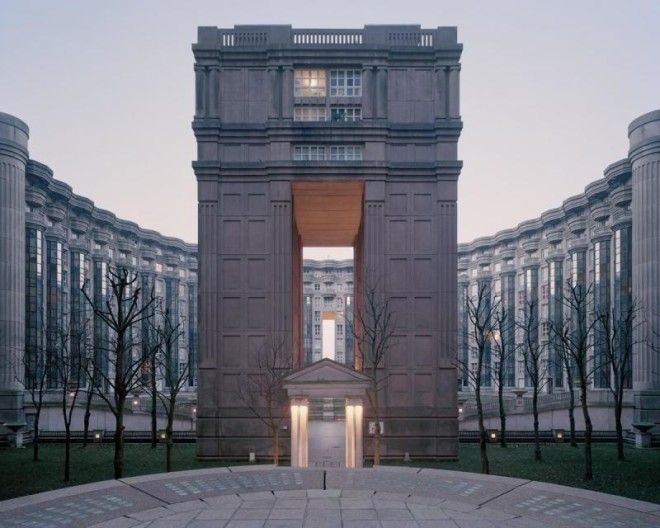
Today, some buildings show signs of deterioration — and some locations are now due for either renovation or demolition — but some are still habitable.
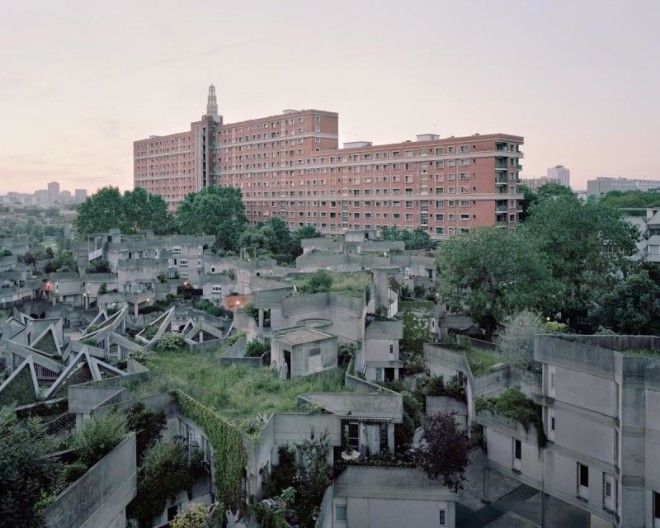
Kronental spent weeks — up to a year, in fact — searching for the right angles and perfect time of season to document certain areas.

"There was an essential initial phase of discovery during which I walked around without any camera, usually early in the morning. I sometimes went there at 5:30 or 6 a.m.," Kronental told Business Insider. "It was an amazing feeling: the silence of the sleeping city, the scattered apartments' lights glittering in the dark."
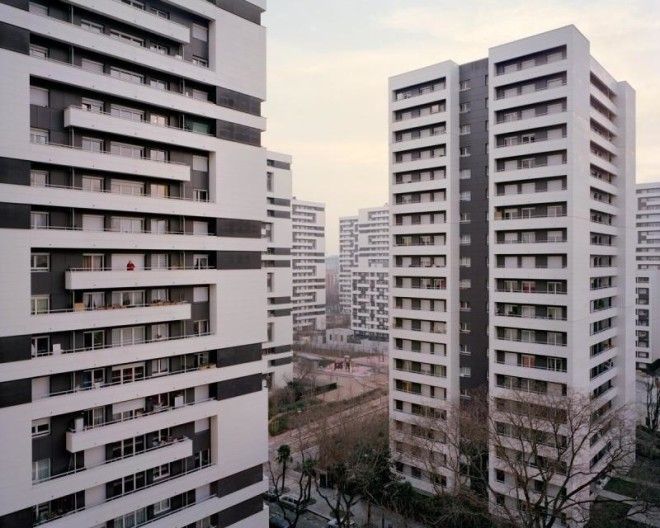
When Kronental stumbled across the Courbevoie community in 2010, he felt like he had stepped into a place that had been suspended in time for 50 years.

While exploring the grounds, he made a point to meet those who lived in the various housing units and take their portraits if they agreed. Kronental was focused on his goal of gaining a better understanding of the communities as they exist now, creating a body of work that would shed the old, negative stereotypes.
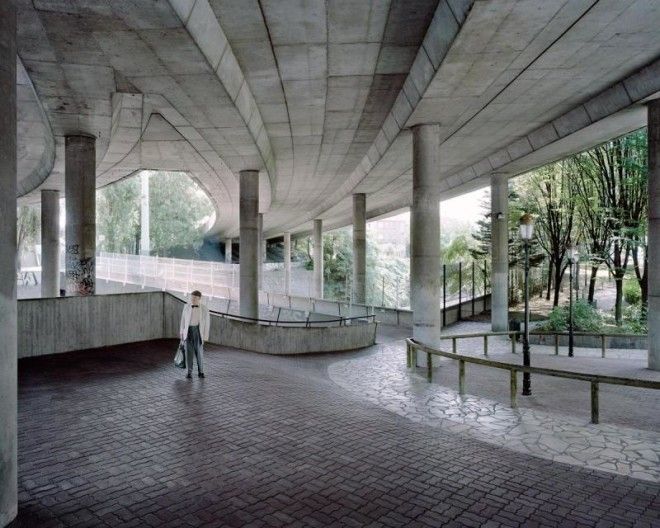
Most of the residents were under 70, but Kronental was interested in talking to the senior citizens — those who had been living there for a longer period of time and had witnessed the changes in the communities.
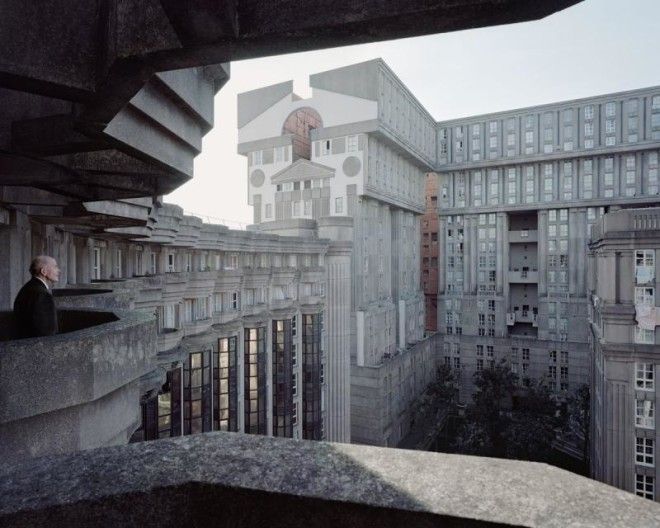
Not having any contacts in the neighborhoods to start, Kronental would approach people directly on the street to request a portrait. It was a battle to explain the exact message of his project, and one that demanded a lot of time and energy from him.

But once those initial barriers were broken down, he noticed that residents needed to talk and share memories.
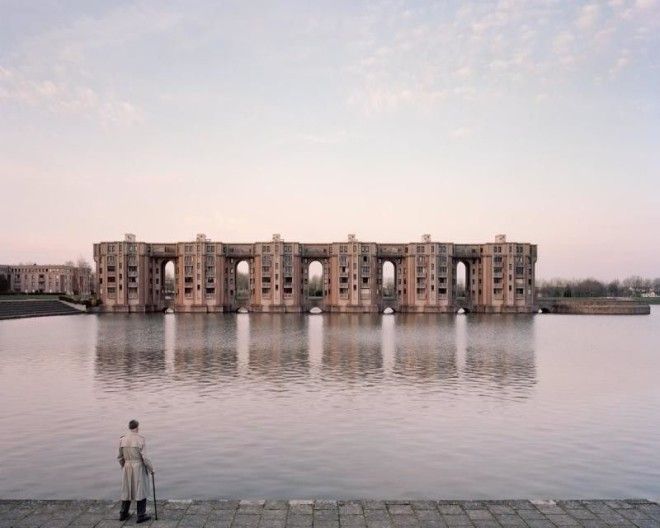
The senior citizens communicated to Kronental their sense of pride for their respective Grand Ensembles — something that not everyone immediately sees amongst the gray high-rise buildings and sparse population.
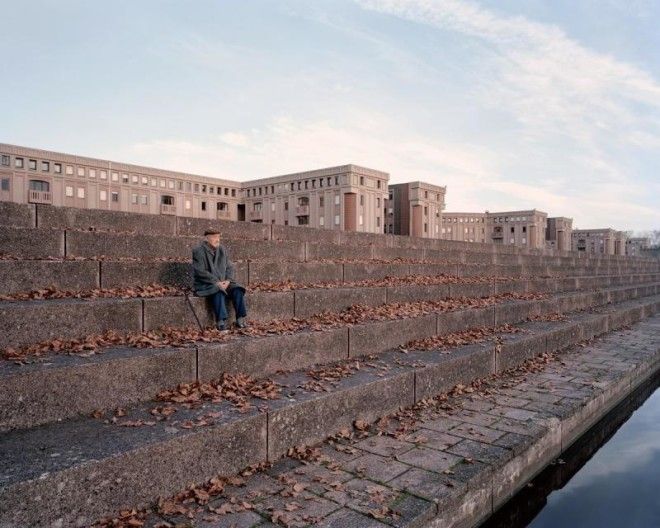
"I educated myself on the history of these districts and the work of their architects during and after the release of the project," Kronental said. "It really allowed me to enrich my understanding of the subject, to establish new perspectives of thinking and better grasp the problems of large housing estates and their inhabitants."
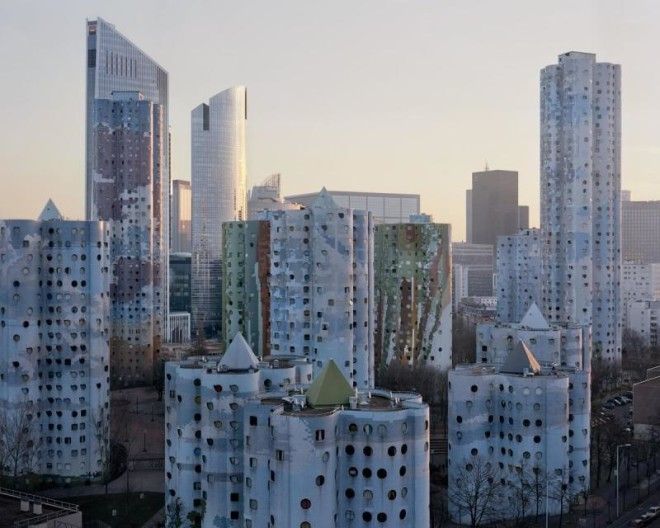
Most of all, Kronental wants to usher in change with his photos. The goal of Le Grand Paris is "to improve the living environment of its suburb's inhabitants, to correct the regional inequalities and to build a sustainable city."
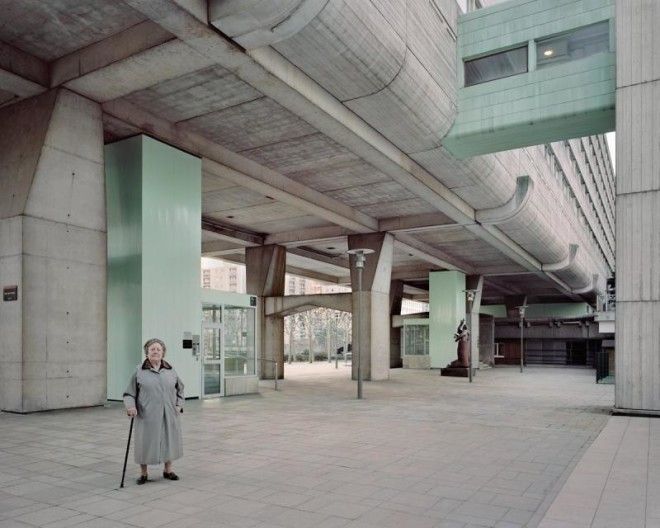
Some buildings are being renovated, or have been renovated already, but there still have a lot of things for the government to improve in these areas.

Nonetheless, the Grand Ensembles are home to just as many people as any other type of public housing in the inner city.
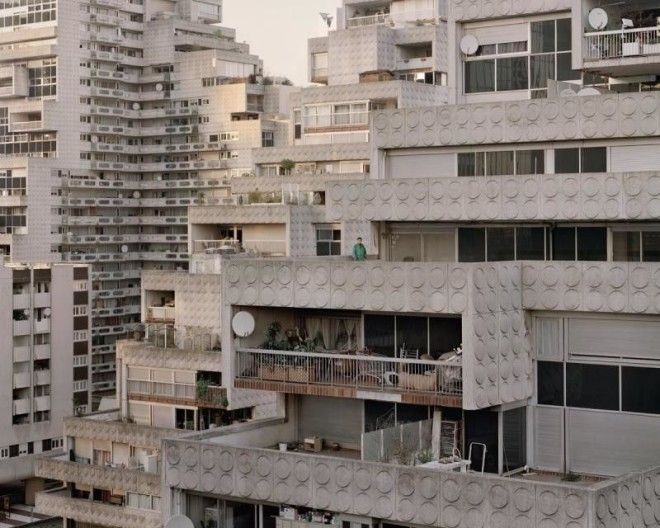
Between his research, and his interactions with residents, Kronental has so far been able to showcase the communities from a more multifaceted and understanding perspective.


